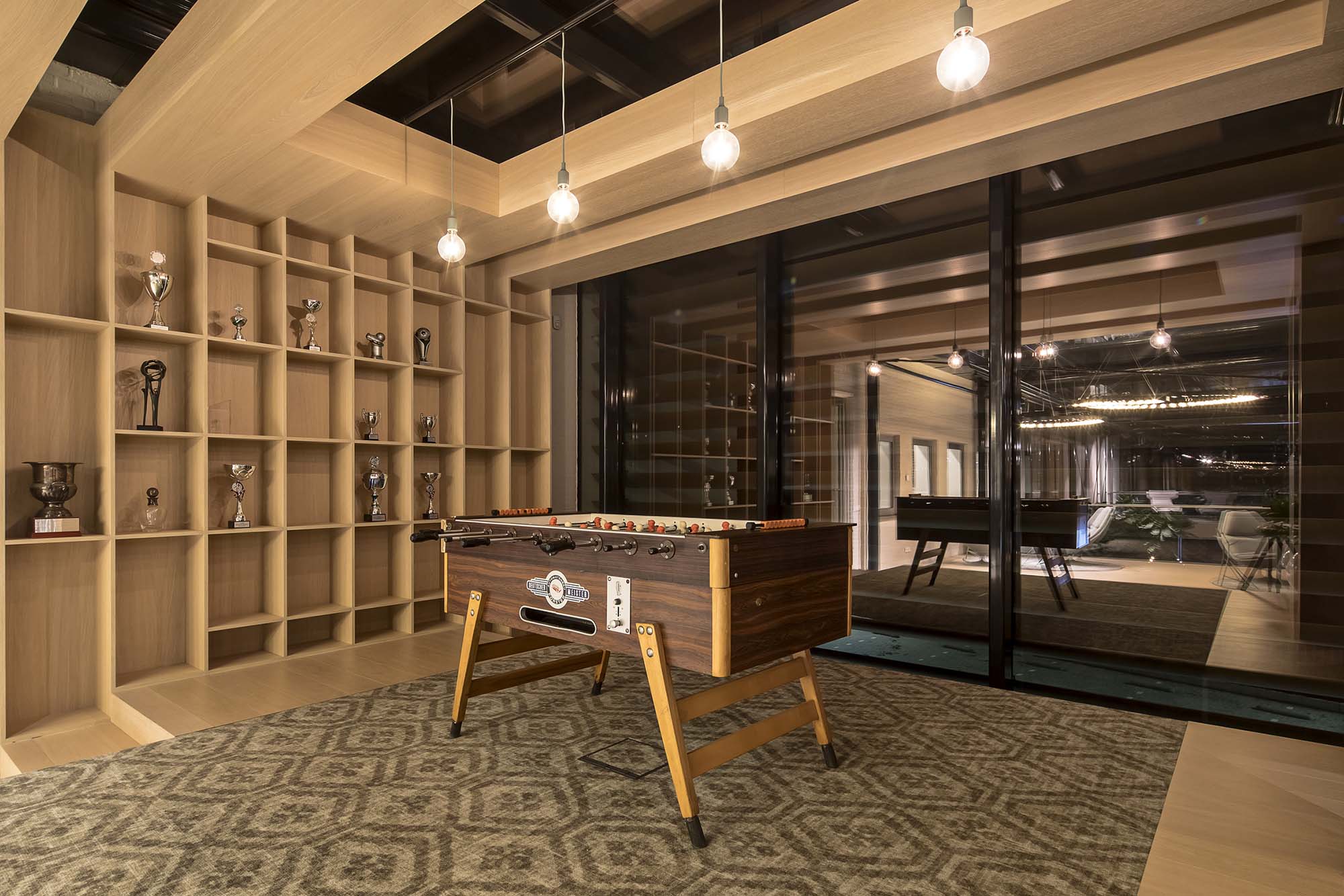The Initiative Furnier + Natur e. V. (IFN) is the international lobby for manufacturers and traders of veneer and other renewable raw materials. In addition to the regular members, the IFN has partner supporting members such as suppliers, processors, associations and trade fair companies. It is supported by European companies. The aim of the association is to promote veneer as a natural all-round material.
Interview with Ursula Geismann, Managing Director at Initiative Furnier + Natur (IFN).
Easy Engineering: What are its main areas of activity?
Ursula Geismann: The Initiative Furnier + Natur (IFN) binds the common interests of the veneer industry and the veneer processing industry. It is a network and marketing community for its members. The IFN is an international association with members from Austria, Switzerland, Slovakia, Slovenia, Belgium, Poland, Sweden and Estonia in addition to German regular members. The IFN is thus a central platform for the industry at home and abroad. The aim of the association is to promote veneer as a natural all-round material. The IFN has launched a comprehensive communication strategy to improve the public perception of veneer and ultimately to increase veneer sales.
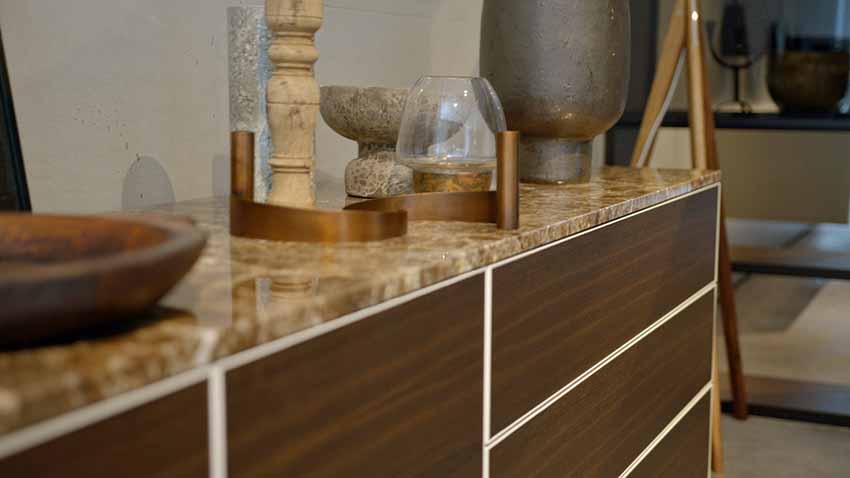
The strategy has two focal points: Strong press and public relations work with many facets, such as regular press releases, press trips, company visits, trade fair stands, reports as well as brochures, also in English and other languages. And a strong internet presence with all the important topics about veneer. In addition, with its films in the series “Veneer Stories” and the campaign “I like veneer because…”, IFN also focuses on an emotional approach to the subject of veneer. In 14 films so far, products made of and with veneer and, above all, the people behind them are presented. The films are about products such as glasses, drums, furniture, suitcases, mobile homes and boats, all of which use veneer. The photo campaign presents young people with products made of and with veneer, who describe in a short sentence why they prefer the ecological material veneer over other materials.
The managing director is Ursula Geismann, a trend analyst and furniture expert of many years’ standing, who has been associated with the association for many years. The chairman for the last ten years has been Axel Groh, owner of the company Schorn & Groh from Karlsruhe.
E.E: What stage is the market you are currently in?
U.G: The market volume for veneer increased slightly again in 2022 in many European countries and also in Germany. After the pandemic dip, imports and exports of veneer were able to increase significantly again and production in Germany and other European countries. Thus, 2022 was a very satisfactory year overall. Real wood veneer was replaced by other materials in the past and was considered old-fashioned. This development could be stopped, so that today veneer itself is again becoming a substitute for other materials. Above all, veneer is a real alternative to environmentally harmful plastics, for example in furniture surfaces or packaging. Veneer is real wood and therefore renewable, sustainable and reusable. With wood as a raw material, sustainability is very close to our hearts. Our member companies take responsibility for the environment and climate with their products. Our goal is to sensitise everyone to the idea of sustainability and to convince them to prefer ecological products over non-sustainable ones when buying or upcycling.
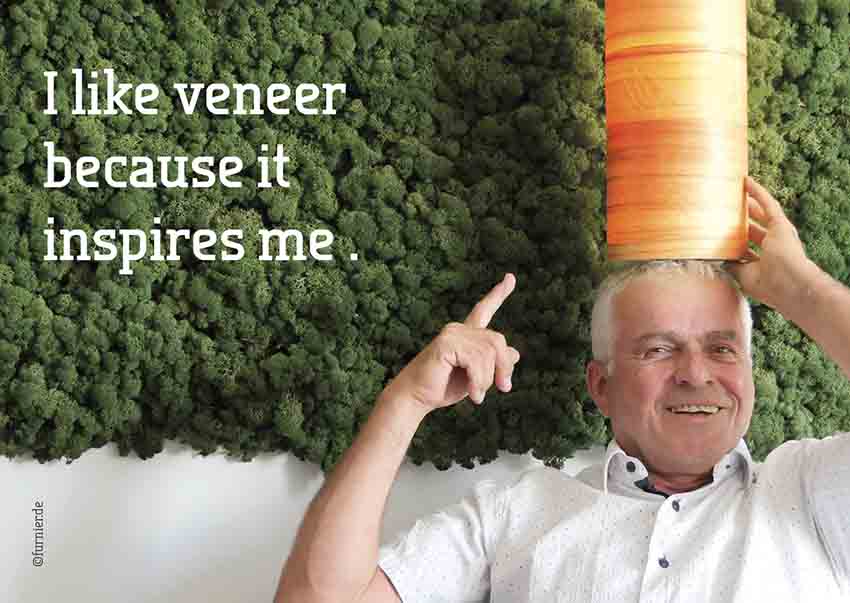
E.E: What can you tell us about market trends?
U.G: Bank cards, hotel cards, business cards, placemats, DIY adhesive veneer, packaging, forks and knives, espresso cups, plates… More and more ideas are coming onto the market where real wood veneer replaces plastics, coated papers, foils or lacquers as an ecological material alternative.
Thick veneers, from which furniture can be built by bending and without an additional material, are also in vogue.
Another trend is so-called metal inlays, which are inserted into veneer. In the past, this combination was only possible with elaborate handwork and simple patterns. Today, digital technologies allow graphic patterns, logos or imaginative ornaments in a single process step.
In addition, boiserie, i.e. the panelling of walls and ceilings with veneer, is making a comeback. It was widespread until the 18th century. Panelling had a small upswing in the 1960s, but was then often considered too boring. This attitude is currently undergoing a reversal. On the one hand, because wall panelling made of veneer serves as thermal insulation and soundproofing, and on the other hand, because its appearance is now much more varied and modern. Tasteful, room-high doors with block frames or elegant sliding doors can be integrated very chicly.
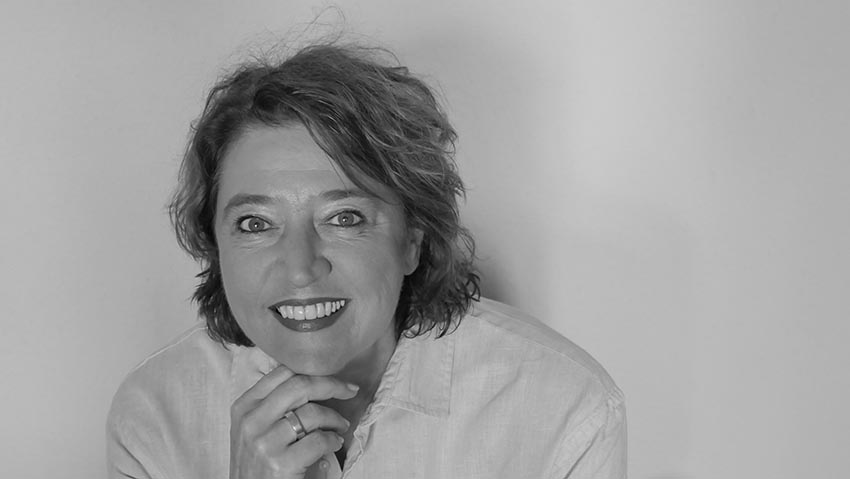
Veneers create different images depending on how they are put together. Surfaces can thus be designed to be intentionally restless or calm. Around 150 types of wood are available as veneers. Most of them can be printed according to individual specifications. Decorative prints such as organic paisley and mandala patterns are in vogue, as are geometric prints with corners and edges on a uniform colour background. Internationally active brands from various consumer goods sectors like to opt for uniform colours and logos for veneer in the interior design and furniture of their retail shops.
In the veneer ranking, the light wood of maple, the medium to dark brown and elegant American walnut and the calm and yellowish light birch score points alongside oak. In addition, the demand for European ash veneer is growing and the reddish beech veneers are also asserting themselves more clearly in the market. Eucalyptus, which is often smoked, is an exclusive trend veneer. Buyers of veneer are increasingly accepting the growth characteristics of wood, such as branching or medullary rays, as natural and individual. This is another trend set by this unique natural material.
E.E: What are the most innovative products on the market?
U.G: We would definitely like to mention our current handbook “Veneer in Interior Design”, which we as an association have published. Wood is the oldest material known to mankind. It is a natural, renewable and ecological material. Due to its fundamental climate neutrality, its range of application is becoming ever wider. The most economical use of wood is with its veneer. The thinnest solid wood in the world is comprehensively presented in our freshly published IFN standard work “Veneer in Interior Design”. The brochure covers, among other things, its original definition, its numerous manufacturing processes, its diverse properties, the corresponding processing methods and its many different and sometimes unusual applications.
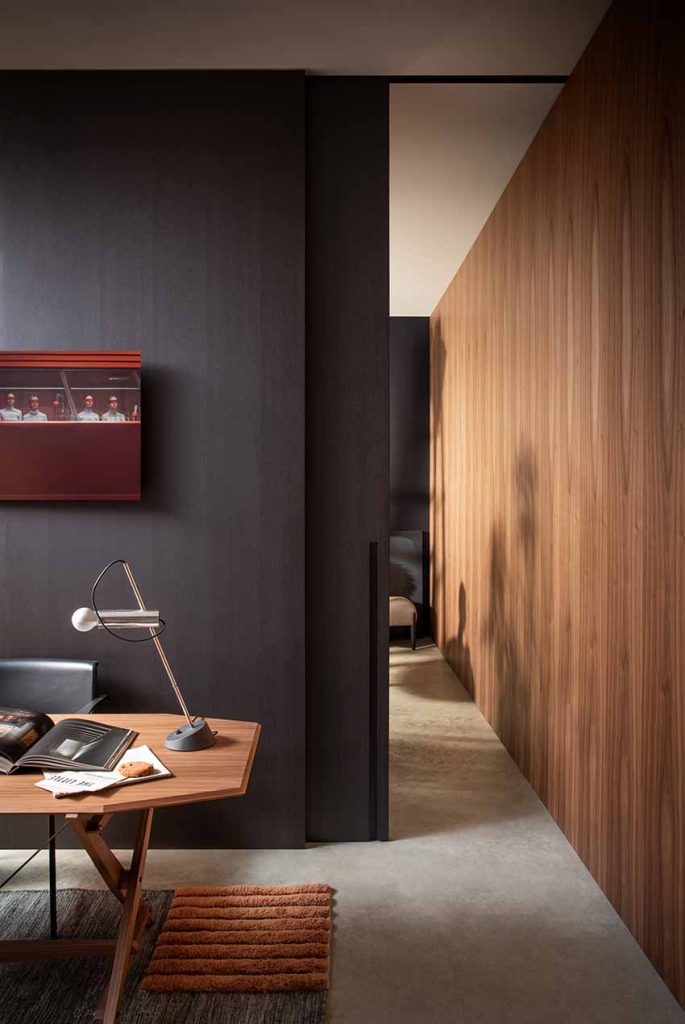
E.E: What are your estimates for 2023?
U.G: We see an economically good first half-year in the veneer industry. According to industry surveys, however, the first months are characterised not only by incoming orders but also by the processing of existing orders and projects. An overall forecast for 2023 is difficult, but we remain optimistic. Veneer is a trend material with potential that can continue to develop into a substitute for unecological materials and surfaces.

